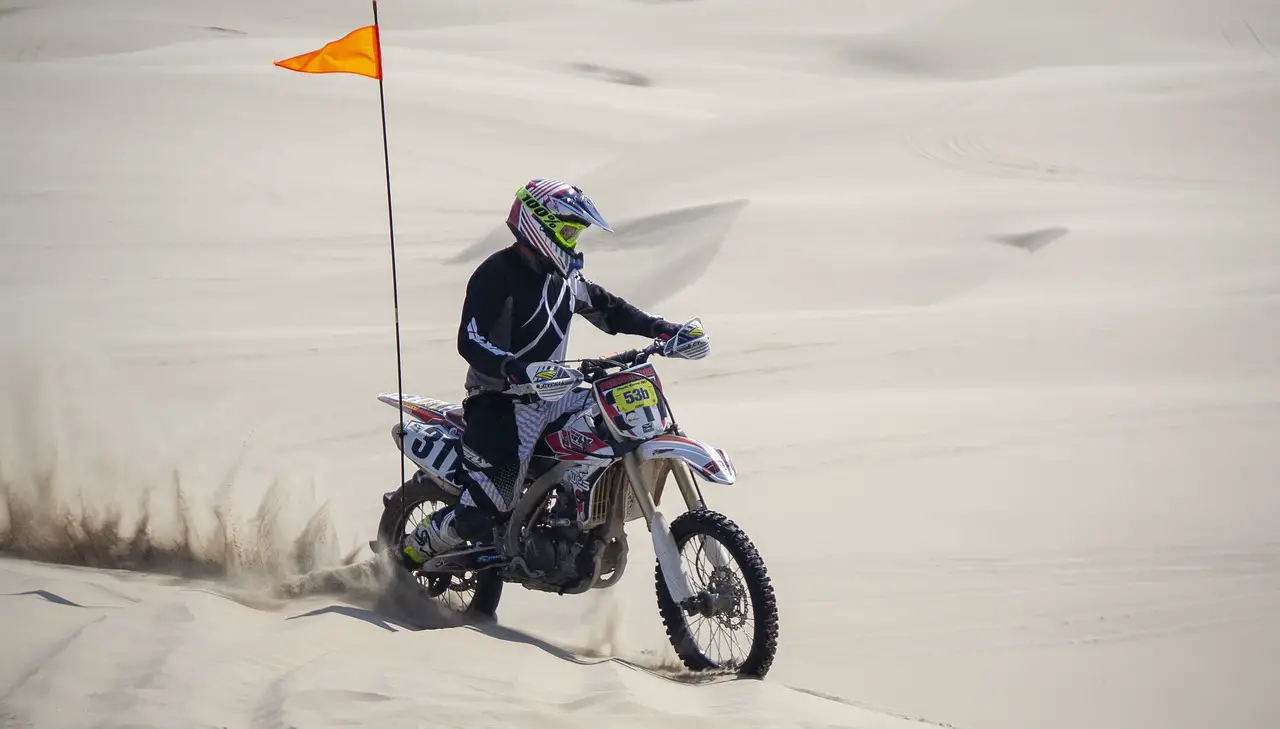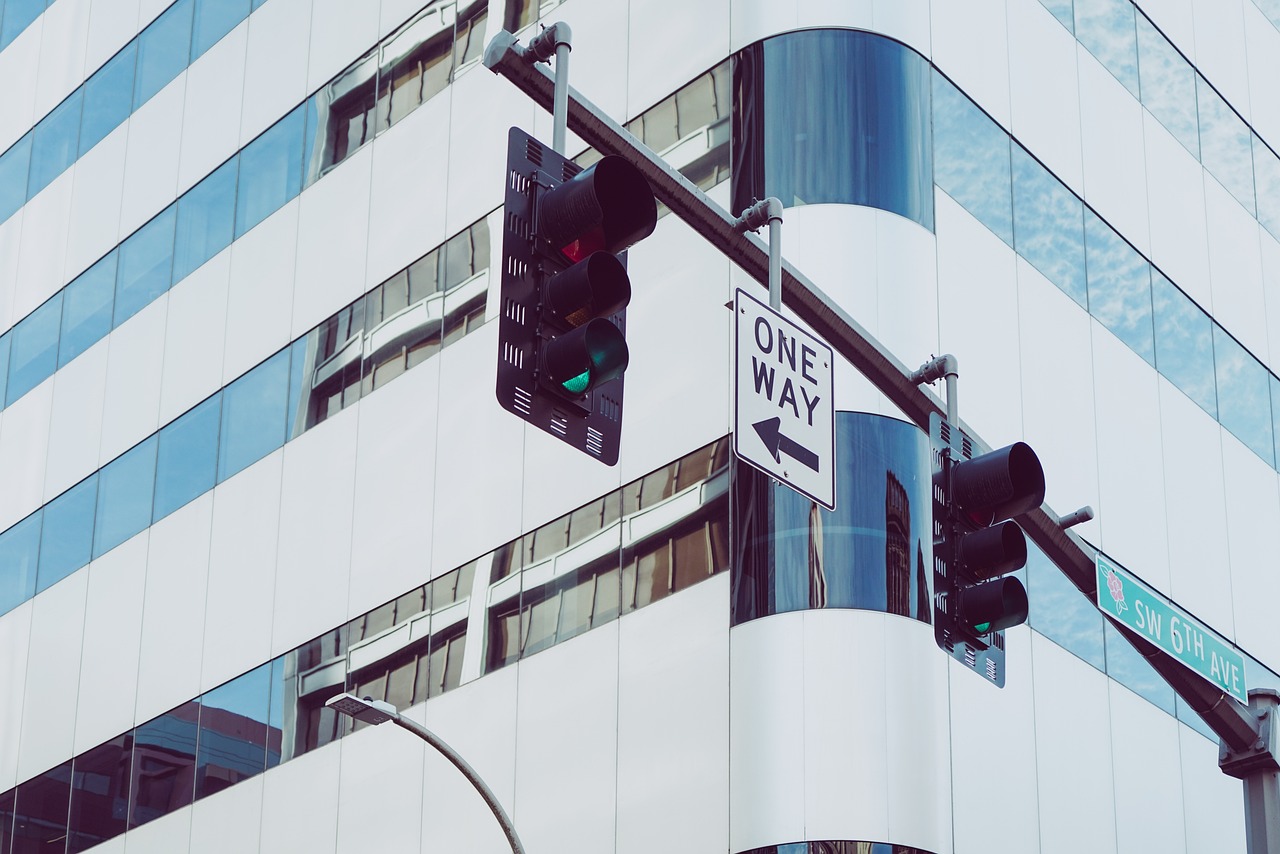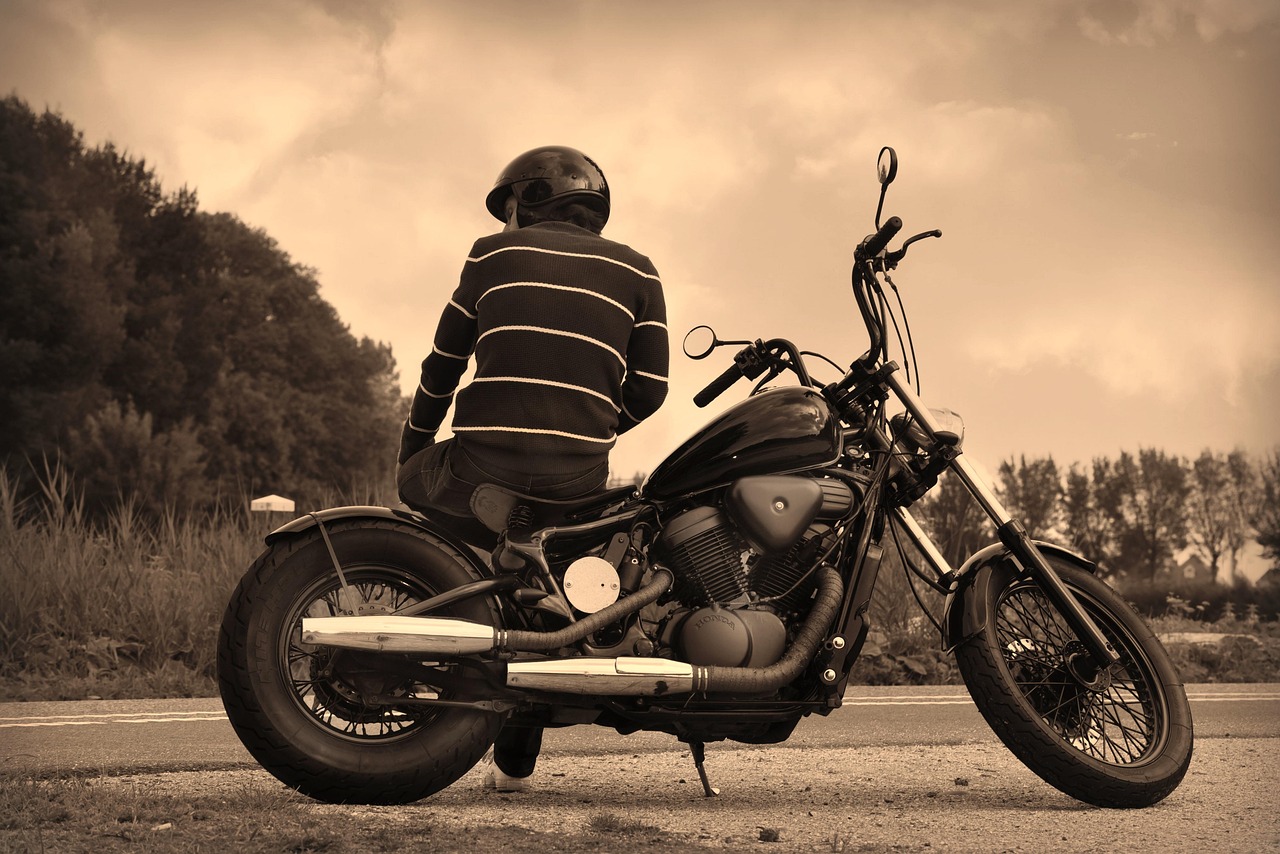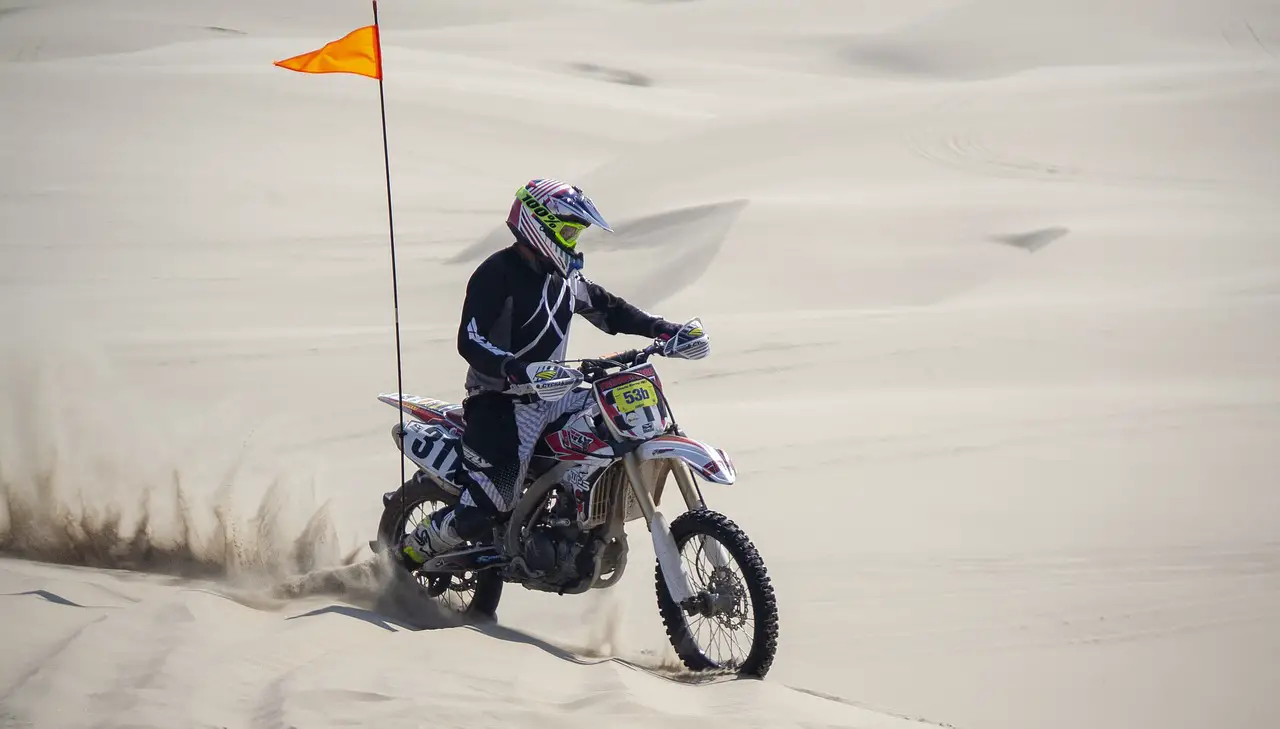Bikers tapping their heads is a common signal among motorcycle riders. This gesture typically indicates a warning about police presence or speed traps ahead. It serves as a way for bikers to communicate and keep each other safe on the road.
Understanding Biker Signals

Biker culture is rich with traditions and signals that help riders communicate effectively while on the move. One of the most recognizable signals is the head tap. This simple gesture holds significant meaning and is a part of the unwritten rules of the road. Bikers rely on these signals for safety, camaraderie, and to foster a sense of community among fellow riders.
The head tap is used primarily to alert other motorcyclists about potential dangers, particularly the presence of law enforcement officers. In many areas, speed traps are common, and being aware of them can help riders avoid costly tickets and maintain their riding freedom. The gesture itself is quick and discreet, allowing bikers to share crucial information without disrupting traffic or drawing attention to themselves.
History of Biker Signals
The use of signals among bikers dates back several decades. As motorcycle riding grew in popularity, so did the need for effective communication methods among riders. The head tap became one of the most recognized signals, along with others like the hand wave or the peace sign. These gestures help create a bond between bikers, fostering a sense of unity on the road.
Over time, various biker clubs and organizations have adopted different signals, but the head tap remains one of the most universally understood. It transcends regional differences, making it a vital part of biker etiquette. Understanding and using this signal correctly can enhance a rider’s experience and promote safety.
The Importance of Communication Among Bikers
Communication is crucial when riding motorcycles. Unlike cars, bikers have limited ways to signal their intentions or warn others about hazards. This makes non-verbal communication essential. Here are some reasons why signals like the head tap are important:
- Safety: Alerts other riders about potential hazards, such as police or road conditions.
- Camaraderie: Fosters a sense of community among bikers who may not know each other.
- Awareness: Keeps everyone informed about changing road conditions or traffic situations.
Using signals effectively can also reduce accidents and improve overall riding experiences. Bikers who are attuned to these communications can navigate roads more safely and efficiently.
Variations of the Head Tap Signal
While the head tap is widely recognized, there are variations depending on the region and biker community. Some bikers may use different gestures or combinations to convey specific messages. Here are a few examples:
- Single Head Tap: Indicates a police presence ahead.
- Double Head Taps: Could signal multiple police units or heavy enforcement.
- Pointing at the Road: Used to indicate an obstacle or hazard on the road.
Understanding these nuances can be beneficial for both new and experienced riders as they navigate through various biking environments.
Respecting the Gesture
When you receive a head tap from another biker, it is important to acknowledge it. Responding with a wave or nod can strengthen the bond among riders. Respecting this gesture helps maintain the spirit of cooperation that defines biker culture.
As you ride among fellow bikers, being aware of these signals can enhance your experience and ensure safer journeys for everyone on the road.
Common Biker Signals Beyond the Head Tap
While the head tap is one of the most recognized signals among bikers, there are several other gestures and signals that riders use to communicate with each other. Understanding these signals can increase safety and promote smoother interactions on the road. Here are a few common biker signals:
The Hand Wave
The hand wave is a classic gesture among bikers. It is typically used as a greeting or acknowledgment when passing another rider. This simple wave fosters camaraderie and reinforces the sense of community within the biker culture. There are different types of hand waves:
- Low Wave: A wave with the hand held low, often used when passing another biker at lower speeds.
- High Wave: A wave raised above the shoulder, commonly seen when riders are traveling at higher speeds.
The Peace Sign
The peace sign is another popular gesture among bikers. It serves multiple purposes, such as expressing goodwill or acknowledging fellow riders. This signal can also indicate a friendly atmosphere among bikers, promoting a non-confrontational spirit on the road.
Why Signals Matter in Biker Culture
Biker signals are more than just gestures; they represent a code of conduct that enhances safety and communication. Here are some reasons why these signals are crucial in the biker community:
- Enhancing Safety: Signals help riders share information about road conditions, hazards, or law enforcement without verbal communication.
- Building Community: These gestures foster connections among bikers, creating a sense of belonging and shared experience.
- Promoting Awareness: Biker signals keep riders alert to their surroundings, allowing them to react quickly to changing situations.
Understanding Local Variations
It’s important to note that biker signals can vary based on location and local culture. What may be a common signal in one area might not be recognized in another. Riders are encouraged to familiarize themselves with the local customs and signals of the regions they ride in. This understanding can enhance communication and prevent misunderstandings on the road.
The Role of Biker Clubs
Biker clubs often play a significant role in teaching and reinforcing these signals among their members. Many clubs have specific protocols and handbooks that outline the proper use of signals and gestures. Here are some ways that biker clubs contribute to the understanding of signals:
- Training Programs: Some clubs offer training sessions for new members to learn about signals and safe riding practices.
- Mentorship: Experienced riders often mentor newcomers, helping them understand the nuances of biker communication.
- Group Rides: Participating in group rides allows members to practice using signals in real-time and gain confidence in their abilities.
Respecting the Code of Conduct
Biker culture is built on mutual respect. When using signals, it is essential to honor the unwritten rules that govern these gestures. Responding appropriately to signals shows respect for fellow riders and promotes a positive atmosphere within the community. Failure to acknowledge these signals can be seen as disrespectful and may lead to misunderstandings.
Conclusion Without Finality

The art of signaling among bikers is a vital aspect of motorcycle culture. Understanding the various gestures, their meanings, and their significance can greatly enhance the riding experience. Whether it’s a simple head tap or a friendly wave, these actions contribute to a safer and more connected biking community.
Adapting to New Riding Environments

As motorcyclists travel to different regions or countries, they may encounter variations in biker signals and communication practices. Adapting to these new environments is crucial for maintaining effective communication and ensuring safety on the road. Here are some factors bikers should consider when riding in unfamiliar territories:
Researching Local Biker Culture
Before embarking on a ride in a new area, it’s beneficial to research the local biking culture. Understanding the common signals and gestures used by local riders can enhance the experience. This research can include:
- Online Forums: Many motorcycle enthusiasts share their experiences and insights on forums dedicated to biking. These platforms can provide information about local customs.
- Biker Events: Attending local bike shows or rallies can offer opportunities to observe and learn about the prevalent signals used in that area.
- Local Clubs: Reaching out to local biker clubs can provide firsthand knowledge about the signals and etiquette important to that community.
Understanding Regional Variations in Signals
Biker signals may differ significantly from one region to another. For example, while the head tap might be recognized universally, other gestures may not be as widely understood. Some areas may have unique signals that convey specific messages. Here are a few examples of regional variations:
- Different Hand Gestures: In some regions, a raised fist may signify a warning, whereas in others, it may not hold any particular meaning.
- Use of Lights: In some biking communities, flashing headlights can indicate various messages, such as caution or a greeting.
- Specific Symbols: Certain areas may have unique symbols or patches that communicate specific messages or affiliations among bikers.
The Impact of Technology on Biker Communication
With advancements in technology, the way bikers communicate has evolved. While traditional signals remain vital, new tools are enhancing how riders share information. Here are some ways technology is influencing biker communication:
Intercom Systems
Many bikers now use Bluetooth intercom systems that allow for real-time communication between riders. These systems can facilitate discussions about road conditions, directions, or hazards without relying solely on visual signals. Benefits of using intercom systems include:
- Enhanced Communication: Riders can share information instantly without needing to stop or use hand signals.
- Increased Safety: Real-time communication allows for quicker reactions to potential dangers.
- Group Coordination: Intercoms help maintain coordination during group rides, ensuring that all members are on the same page.
Mobile Apps
Various mobile applications designed for motorcyclists also play a role in communication. These apps can help riders navigate routes, report incidents, or connect with other bikers. Some popular features include:
- Road Alerts: Apps can provide updates on traffic, road conditions, and hazards based on user reports.
- Navigation Assistance: GPS functionality helps riders find the best routes while avoiding dangerous areas.
- Community Interaction: Some apps enable bikers to connect, share tips, and organize meet-ups.
The Future of Biker Signals
As technology continues to advance, the future of biker communication may see further evolution. While traditional gestures will always hold significance, new methods of communication will likely become more integrated into biker culture. It is essential for bikers to remain adaptable and open to change while respecting the traditions that have shaped the community over the years.
Bikers should continue to embrace both traditional signals and modern technology to enhance their riding experiences. By combining these approaches, they can maintain strong connections with fellow riders while ensuring their safety and enjoyment on the road.
The Role of Education in Biker Safety
Education plays a vital role in ensuring the safety and well-being of motorcyclists. Programs focused on teaching new riders about the importance of signals, including the head tap, can lead to safer riding experiences. Here are some key elements of educational initiatives for bikers:
- Basic Riding Courses: Many motorcycle training programs emphasize the importance of communication among riders. These courses often include modules on hand signals and their meanings.
- Workshops on Road Safety: Workshops can provide riders with updates on local traffic laws and best practices for signaling.
- Community Engagement: Engaging with local biker clubs and organizations can help spread awareness about the significance of using signals effectively.
By participating in educational programs, bikers can not only enhance their own riding skills but also contribute to a safer environment for everyone on the road.
The Influence of Social Media on Biker Culture
<

p>Social media has transformed how bikers share experiences, learn about new riding techniques, and communicate with each other. Platforms like Facebook, Instagram, and dedicated motorcycle forums allow riders to connect and exchange valuable information. Here are some ways social media impacts biker culture:
- Real-Time Updates: Riders can post alerts about road conditions, police presence, or accidents, helping others stay informed.
- Promoting Events: Social media serves as an excellent platform for promoting biker meet-ups, rallies, and events, fostering community engagement.
- Sharing Knowledge: Experienced riders often use social media to share tips and tutorials on safe riding practices, including effective signaling.
The ability to connect with fellow riders worldwide through social media not only strengthens the biker community but also enhances the overall riding experience.
Final Thoughts
The head tap is more than just a simple gesture; it embodies the spirit of camaraderie and safety that defines the biker culture. Understanding this signal, along with other forms of communication among bikers, is essential for fostering a supportive and safe environment on the road. As motorcyclists continue to adapt to changing technology and riding conditions, embracing both traditional signals and modern communication methods will be crucial.
Bikers should strive to stay informed about local customs and practices while respecting the traditions that have shaped their community. Continuous education, engagement with fellow riders, and participation in local biker culture will help ensure that the spirit of cooperation among bikers remains strong.
Ultimately, whether you are a seasoned rider or a newcomer, understanding the nuances of biker signals can greatly enhance your riding experience. By recognizing the importance of gestures like the head tap and maintaining open lines of communication with fellow bikers, you contribute to a safer, more connected biking community. Embrace the journey, respect the road, and ride safe!

